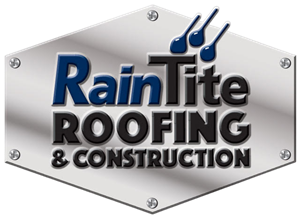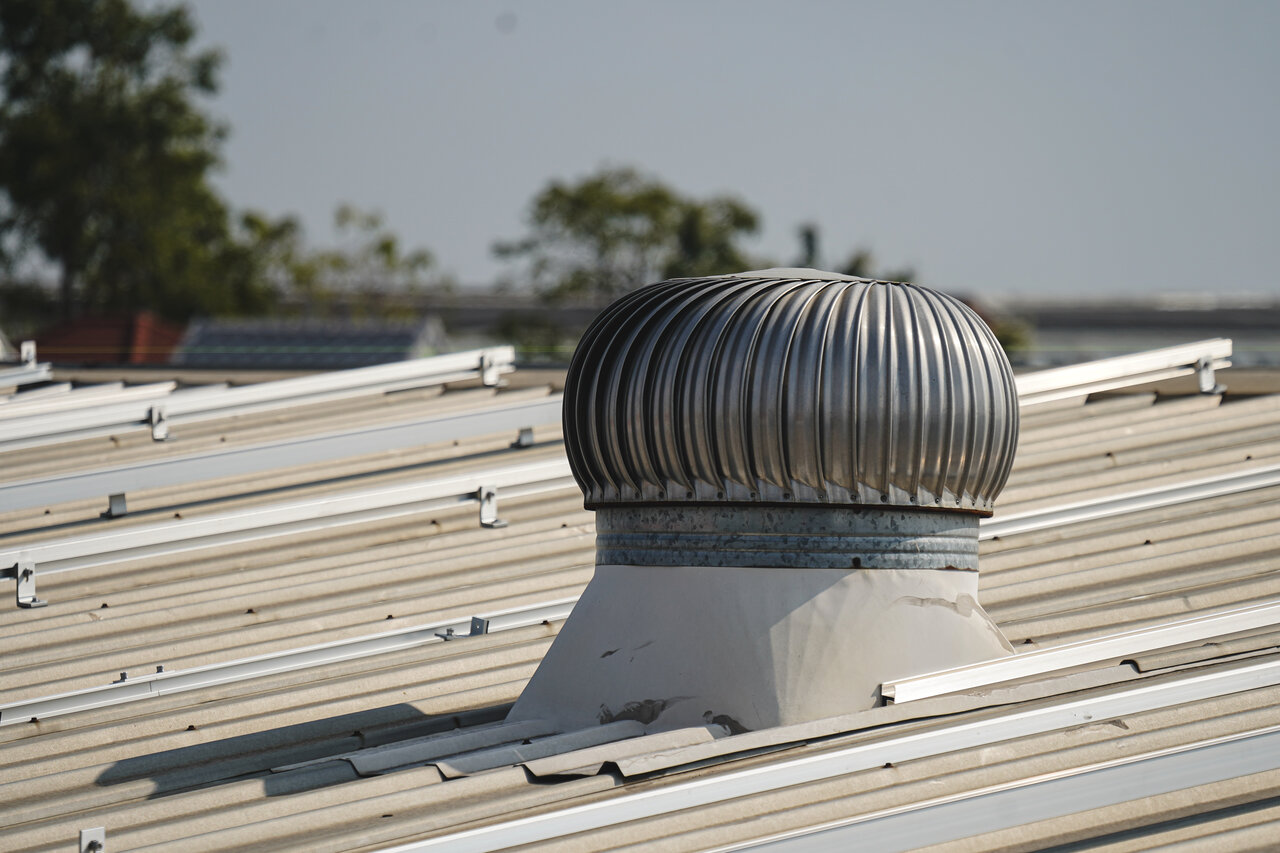Roof vents play a crucial role in keeping your home comfortable and safe by allowing fresh air to circulate and moisture to escape. They help prevent problems like mold growth and structural damage that can occur with poor ventilation. Paying attention to potential issues with roof vents can save you from bigger, more costly repairs down the line.
Recognizing the signs of roof vent problems early on can be beneficial. Issues may include strange noises, poor air quality, or visible damage on the rooftop. Ignoring these signs could lead to worse problems, affecting not just your roof but your entire home environment. Understanding what causes these problems, such as blockages or improper installation, can help in addressing them effectively.
In this guide, you’ll learn how to diagnose and fix common roof vent issues. Whether you’re looking to tackle a small repair yourself or need to know when to call in a professional, gaining a clear understanding of roof vent maintenance and prevention will help keep your home in top shape for years to come.
Understanding Roof Vent Issues
Roof vents are essential components of your home’s structure, playing a vital role in regulating temperature and maintaining good air quality. They expel hot air and moisture from the attic, preventing mold growth and extending the roof’s life span. Proper ventilation also helps reduce energy costs by keeping your heating and cooling systems efficient.
Several signs indicate roof vent issues. Unusual noises like whistling or banging often suggest a problem with vent alignment or movement due to wind. Poor ventilation might manifest as higher indoor temperatures and increased humidity, leading to potential mold issues. Visible damage on the roof, such as cracked or missing vents, points to direct problems that need attention.
Understanding the causes of vent problems can help in timely intervention. Common issues include blockages caused by debris or animals, which restrict airflow. Poor installation may lead to misaligned vents while weather-related damage, such as heavy storms, can cause dents or leaks. By recognizing these signs and causes, you can take proactive steps to maintain your roof’s health.
Diagnosing the Problem
Diagnosing roof vent issues requires a careful and safe approach. Begin with a visual inspection when weather conditions are favorable. Use a ladder with a stable base and have a spotter if possible. Safety equipment like gloves and goggles is essential to protect yourself during the inspection.
Here are some tools and techniques to help identify specific vent issues:
– Flashlight: A flashlight is useful for inspecting the attic space for signs of leaks or blockages.
– Binoculars: These help inspect the roof from the ground, avoiding potential risks of climbing.
– Camera: Take clear photos of any damage or irregularities to assess and plan repairs.
During your inspection, look for signs like accumulated debris, cracks, or unusual wear around the vents. Listen for sounds indicating air passage problems or blockages. Not all vent issues are solvable with DIY fixes; some may require professional evaluation. If you suspect structural damage or cannot safely access the affected area, contact an expert for a thorough diagnosis.
Fixing Common Roof Vent Problems
Fixing minor roof vent issues can often be handled safely with a bit of DIY effort. If you notice blockages caused by debris, use a broom or a garden blower to gently clear the obstruction. Be sure to work carefully to avoid damaging the vent structure. For small leaks around the vent, apply roofing sealant directly over the affected area, ensuring it’s dry and clean.
Before starting repairs, gather the necessary materials and tools:
– Roofing sealant
– Caulking gun
– Ladder
– Work gloves
– Safety goggles
– Broom or garden blower
When working on your roof, prioritize safety. Never work in wet or windy conditions, as these can increase the risk of slipping. Make sure your ladder is stable and positioned correctly. Always have someone with you when climbing to offer assistance if needed. Proper footwear with a good grip is crucial for maintaining stability on the roof surface.
Preventing Future Vent Issues
Regular maintenance is key to preventing future roof vent problems. Start by scheduling periodic inspections, ideally during the spring and fall. Clear leaves and debris from around the vents to reduce the risk of blockages. Trim nearby trees to prevent falling limbs and debris from damaging the vents.
Routine professional inspections provide peace of mind. Professionals can spot early signs of wear or damage that might be missed in DIY checks. Investing in these inspections helps extend the life of your roof and keeps your home well-ventilated and safe.
Weatherproofing your vents adds an extra layer of protection. Use durable materials like metal mesh to cover the openings. This prevents animals from nesting inside and stops debris from clogging the passage. Make sure seals are tight around the vent base to avoid water infiltration, especially during heavy rain or snow.
Conclusion
Maintaining your roof vents is essential for a comfortable and safe home environment. By regularly inspecting and promptly fixing any issues, you ensure that your roof can effectively manage air and moisture. Understanding the signs of vent problems and addressing them quickly prevents further damage and unnecessary repair costs.
Schedule professional inspections regularly to stay ahead of potential issues. Taking preventive steps such as weatherproofing enhances the efficiency and durability of your roof vents. A proactive approach avoids common pitfalls and extends the life of your roofing system.
For expert assistance with roof vent issues, trust RainTite Roofing & Construction. We specialize in comprehensive roofing repairs and maintenance, ensuring your home stays protected and ventilated. Reach out to us today for roof repair services and let our skilled team take care of your roofing needs with professionalism and ease.

